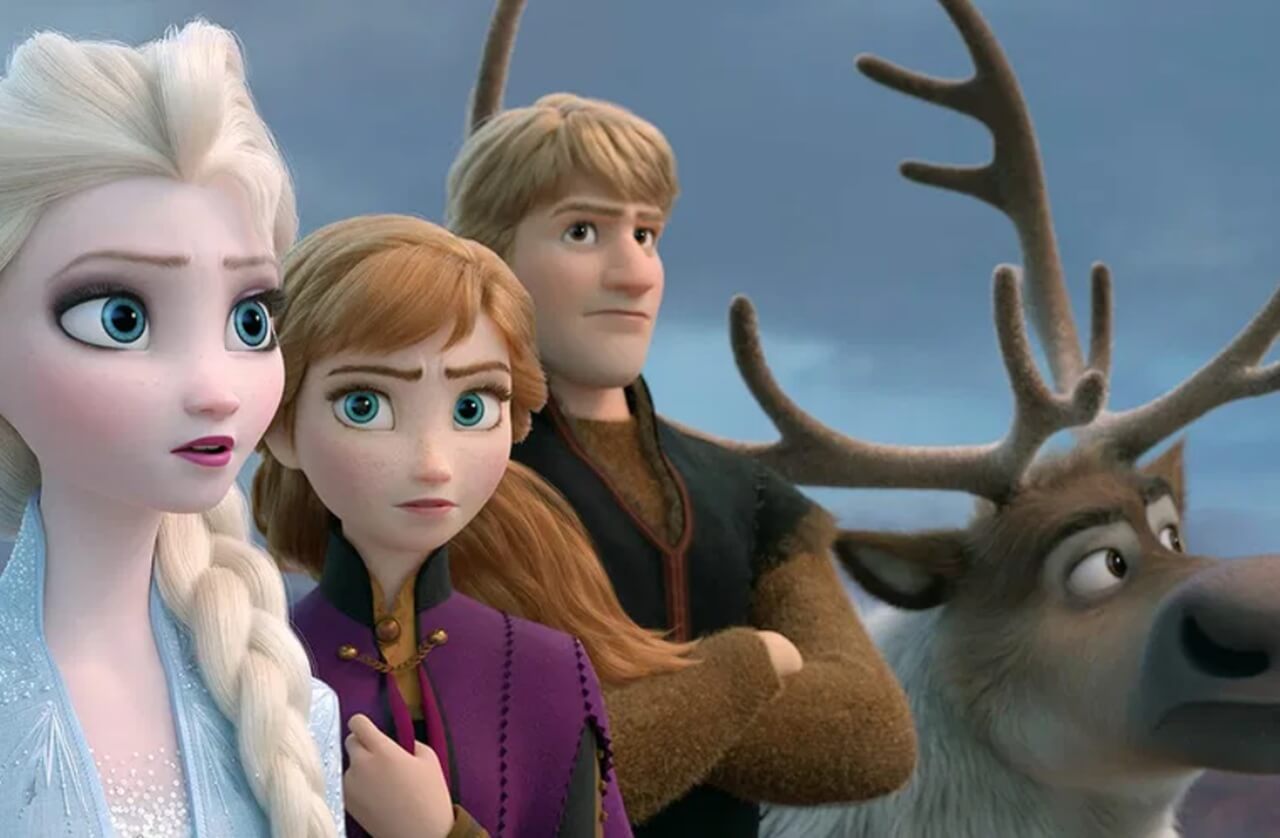The Frozen franchise is once again making headlines, but this time it’s not about box office records or global fanfare. Disney’s decision to award Kristen Bell, Idina Menzel, and Josh Gad more than $60 million each for Frozen 3 and Frozen 4 has become one of the most significant financial moves in modern animation history. The studio’s agreement marks a major turning point in how top-tier animated projects are valued.
According to industry sources, the Frozen stars’ earnings reflect their role in one of Disney’s most valuable properties. Executives are betting that a blockbuster franchise demands blockbuster-level compensation. The new deals reshape expectations across the animation landscape—where lead actors once earned modest fees, but are now seeing payouts similar to live-action A-listers.
What the New Frozen Pay Structure Means
Disney’s updated salary structure places Frozen in elite company. The decision answers the biggest W’s:
Who: Kristen Bell, Idina Menzel, Josh Gad
What: New contracts exceeding $60 million each
When: Finalized ahead of Frozen 3 and Frozen 4 production
Where: Disney Animation, Burbank, California
Why: To secure franchise continuity and match industry salary inflation
How: Through a hybrid structure of upfront payments and box office bonuses
Each actor is expected to earn around $20 million upfront per film, with the remainder tied to box office and performance benchmarks. Analysts say these payouts reflect the real-world revenue impact of voice-driven franchises. Frozen merchandise alone has generated billions of dollars since 2013.
Industry Reactions and Expert Commentary
Industry insiders are divided. One anonymous animation director argued that animators and designers—who spend years building films frame by frame—receive “a fraction of star talent compensation,” sparking renewed debates about pay imbalance.
Others say the pay raises were inevitable. Entertainment analysts note that after Shrek, Toy Story, Moana, and KPop Demon Hunters, the value of celebrity voice actors skyrocketed. Stars like Mike Myers, Tom Hanks, Eddie Murphy, and Dwayne Johnson all paved the way for premium scale salaries.
Robin Williams’ iconic turn as the Genie in Aladdin is widely credited with sparking this shift, making animation a star-powered medium.
What This Means for Future Animated Films
The Frozen contracts establish a new financial benchmark. Studios entering production now face a tough question:
Can they afford not to pay their leads like A-list actors?
For franchises with global reach, paying for continuity is crucial. Disney is prioritizing stability as theatrical output shrinks and box office risks rise. The move is also strategic—locking in talent ensures long-term franchise momentum.
However, these massive deals could reshape negotiations for sequels, reboots, and major animation studios worldwide. Smaller studios may struggle to compete, accelerating industry consolidation.
What’s Next for Frozen and Disney Animation
Frozen 3 and Frozen 4 are expected to anchor Disney’s theatrical calendar for the next several years. Early development suggests expanded arcs for Anna, Elsa, and Olaf, with new storylines that tie back to franchise mythology.
Disney’s biggest concern now?
Whether escalating salaries become the new normal across Hollywood’s animation sector.
For now, the studio is fully committed to maintaining momentum for Frozen, its most financially successful animated franchise ever.
Sources
ESPN
247Sports
On3
TheWrap reporting
Industry financial archives








